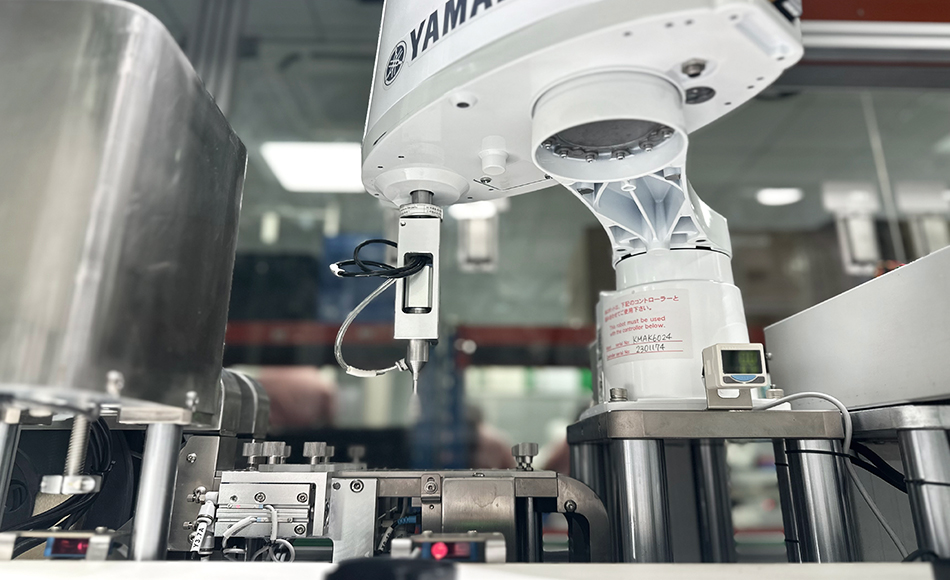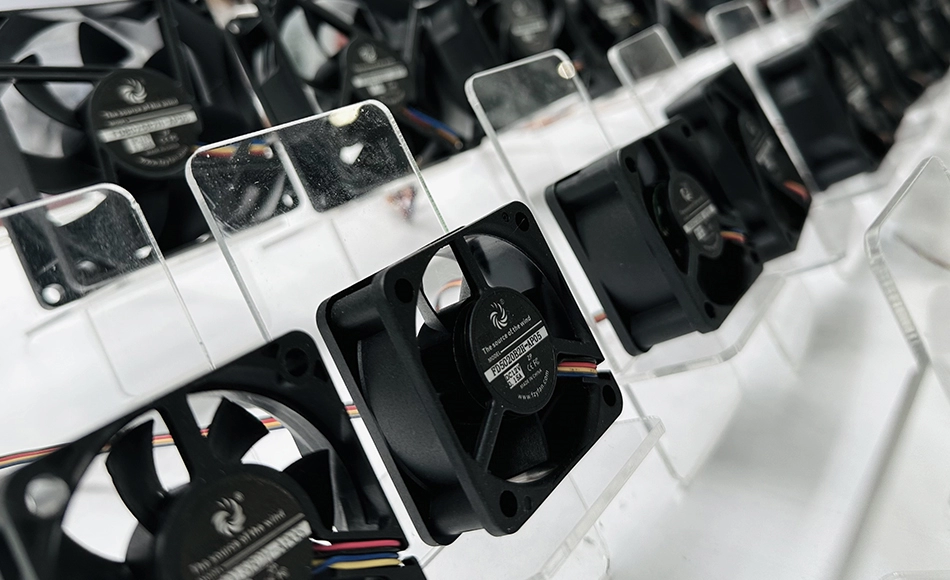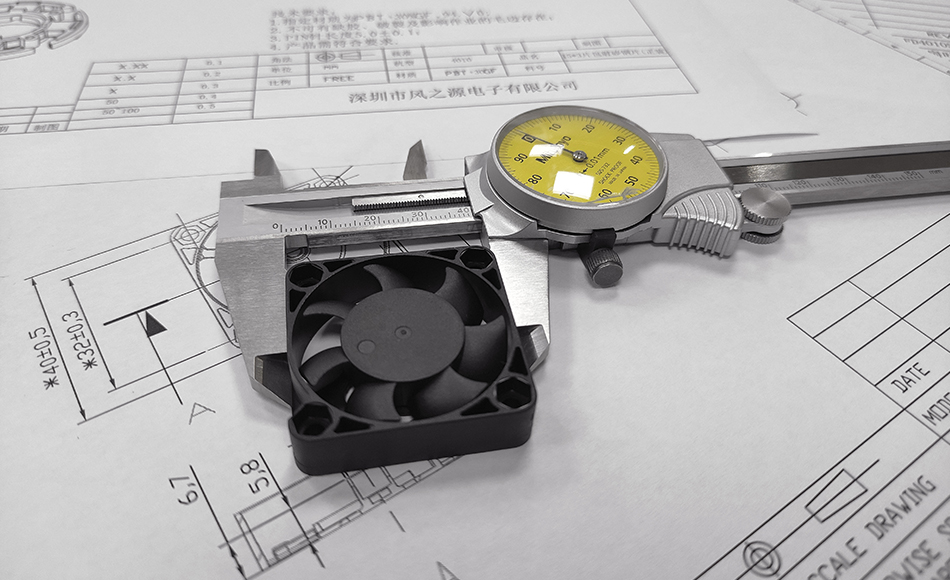Exhaust efficiency of external air outlet of cooling fan - environment and installation conditions
 Feng Zhi Yuan
Feng Zhi Yuan
 Oct 22,2025
Oct 22,2025

To systematically understand the exhaust efficiency of the external air outlet of a cooling fan, the core is to grasp how the environment and installation conditions change the exhaust resistance, air physical properties, and airflow direction - these factors ultimately determine whether the fan can efficiently dissipate heat. The external environment and installation method will change the final resistance of the exhaust path, indirectly affecting the exhaust effect:
1. Environmental temperature and air pressure
Environmental temperature: If the environmental temperature is too high (such as placing the computer case on a sunny desktop in summer), the "inlet air temperature" entering the fan will be high, resulting in a decrease in the temperature difference between the exhaust air temperature and the environment (such as inlet air 35 ℃ → exhaust air 45 ℃, temperature difference of 10 ℃), and the heat dissipation efficiency will decrease; If the ambient temperature is low (such as 20 ℃ indoors in winter), the temperature difference increases (from 20 ℃ for intake to 30 ℃ for exhaust), and the heat carried away by the exhaust is greater.
Environmental air pressure: In high-altitude areas (such as those above 3000 meters), the air pressure is low and the air density is low, resulting in a decrease in the "air quality" driven by fans (at the same air volume, air quality=density x volume), and a decrease in the "heat carrying capacity" of exhaust (low air density reduces the amount of heat that can be carried away per unit volume of air), leading to a weakened exhaust effect.
2. Installation location and space
Whether the air outlet space is spacious: If the air outlet is close to an obstruction (such as a laptop air outlet attached to a sofa or a computer case air outlet attached to a wall), it will form a "return air vortex" (the discharged hot air cannot diffuse, and some of it flows back into the air outlet), causing the exhaust to be blocked. Usually, it is required that the "minimum distance" between the air outlet and the obstruction be ≥ twice the diameter of the air outlet (for example, for an air outlet with a diameter of 50mm, a space of ≥ 100mm needs to be reserved).
Installation gap and fixation: If there is a gap between the installation of the fan and the air duct/outlet (such as the fan being offset due to loose screws), it will cause airflow to leak out of the gap (similar to the sealing problem of the air duct); If the fan is installed loosely, the vibration during operation will cause unstable rotation of the fan blades, airflow fluctuations, and a decrease in exhaust efficiency.
3. Installation direction and airflow direction
Fans have clear "inlet end" and "outlet end" (usually one side of the fan blade is the inlet, and the side of the frame with stickers is the outlet):
If installed in reverse (with the inlet facing the outlet), it will cause the airflow direction to be completely opposite - not only will it fail to exhaust air, but it will also draw in hot air from the outside, completely losing its heat dissipation effect.
By controlling the above variables, the interference of external conditions on exhaust efficiency can be minimized to the greatest extent possible, keeping the fan in an "efficient exhaust state" and avoiding performance degradation or shortened lifespan of the equipment due to insufficient heat dissipation.







 Home
Home
 Exhaust efficiency of external air outlet of cooling fan - fan usage status and aging degree
Exhaust efficiency of external air outlet of cooling fan - fan usage status and aging degree 












